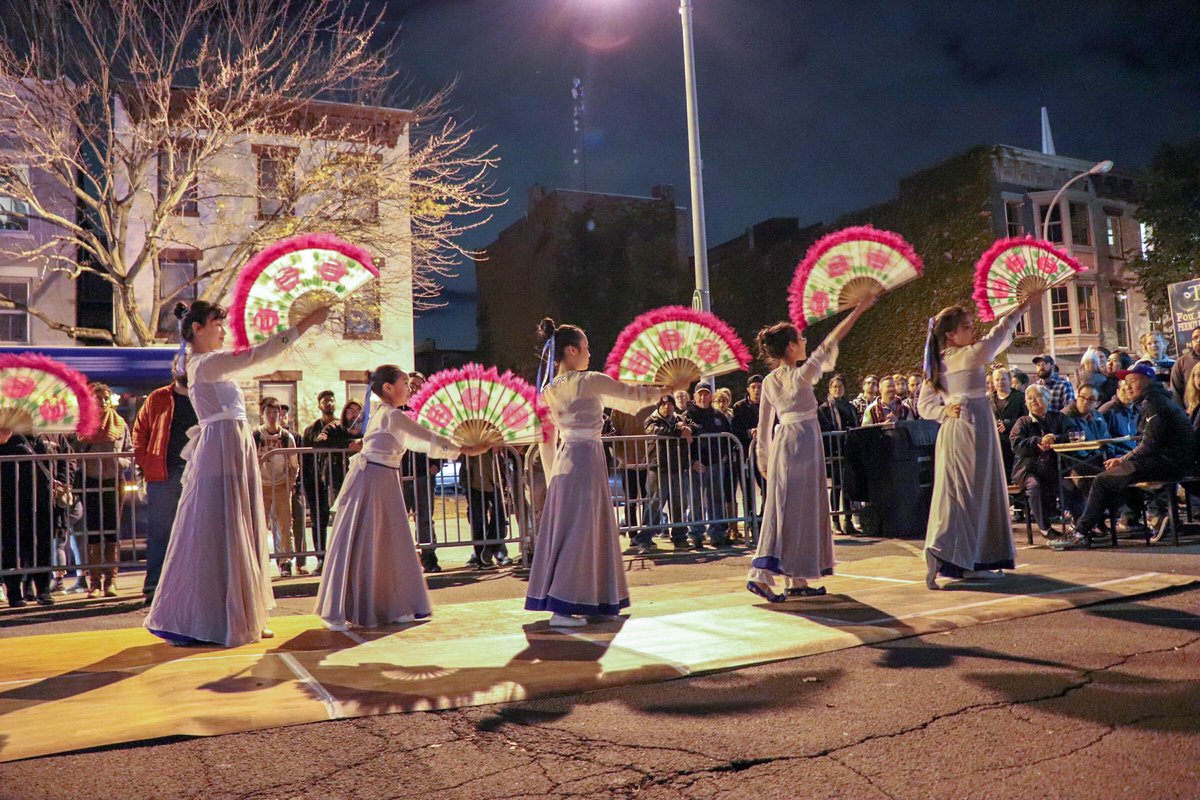Can there only be one? Gender and recognition in rap
I spent my teenage years listening to hours and hours of hip-hop, R&B, and rap: Drake, Lil Wayne, Ne-yo, Nicki Minaj. You get the idea. At one point, I even considered T-Pain’s songs to be objectively good music (as if). As a 17-year-old, I could differentiate between most rappers by their stylistic conventions and prided myself on this skill. Even now, I find myself going back to the original songs that helped me fall in love with rap.
Two years ago, my best friend forced me to listen to “Bodak Yellow,” which was trending highly at the time. My friend was convinced that Nicki Minaj’s reign was over. Cardi B’s bold voice shined through in that song, and it confused me. I didn’t know how to feel. I had been listening to Nicki Minaj since I was 15, and I wasn’t ready to replace her.
I didn’t stop to think then about why I felt the need to replace Nicki Minaj. Why couldn’t I enjoy music from both Nicki Minaj and Cardi B? The thought that only one of them could exist, and that Cardi was just copying Nicki, was only heightened by the media. Many reviewers preferred either one, and couldn’t stand to like both. We, as a society, decided to pit these two successful female rappers against each other. Compare this feud to the multitude of male rappers that exist in the industry—one could also argue that they all basically sound the same.
I’m writing this today as a reminder that multiple women can be successful in a historically male-dominated field. I tell myself this every day as I see the number of women decrease in my computer science classes with each passing semester. More importantly, it is on us to motivate each other. If I can appreciate two male rappers’ music, then I can do the same for their female counterparts; I shouldn’t have to think twice about that.
If you’re reading this, I hope you reflect on your own biases and work toward changing them for the better. Respect should be given where it’s deserved, and gender shouldn’t be a determining factor.

